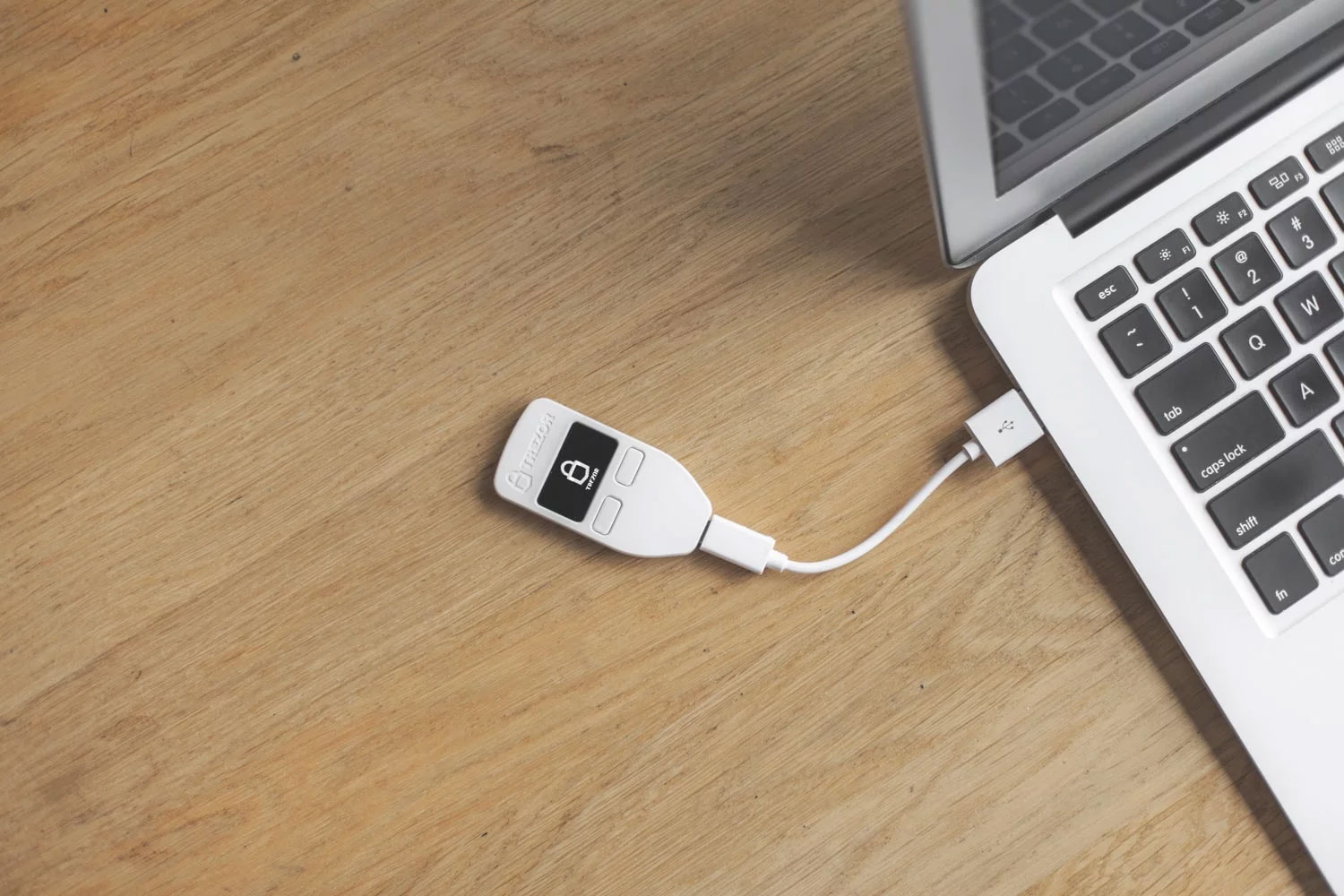Topics
- Setup Generator
- Stratum Configuration
- Miner Configuration
- Windows GPU Mining
- Linux GPU Mining
- Obtaining a wallet
Setup Generator
Note: Using the setup generator is highly recommended if you are new to crypto mining
Stratum Configuration (Advanced Miners)
| stratum+tcp://etc.coinfoundry.org:3076 | GPU Mining |
| stratum+tcp://etc.coinfoundry.org:3077 | High-End Multi GPU Mining |
Login using your wallet address as username. An optional workername can be appended to your address separated by a dot character. Leave the password blank.
Example: <WALLET ADDRESS>.<WORKER>
Stratum Protocol Configuration
- Claymore Miner: Add the
-esm 3command line switch - Ethminer/Genoil: Add the
-SP 2command line switch
Miner Configuration
If already have a miner you need to add or modify a command line switch to make the miner communicate using the correct stratum protocol with our pool:
- Claymore Miner: Add the
-esm 3command line switch - Genoil's Miner: Add the
-SP 2command line switch
Windows GPU Mining
- Download Claymore's Dual Miner for Windows
- Extract the archive and open
START_ETC.batin a text-editor of your choice - Replace
YOUR_WALLET_ADDRESSwith your ethereum classic wallet address. If you don't know your address, read this section first - If you are mining on multiple machines/rigs, you can append an identifier of your choice to your wallet address seperated by a dot to make it easier to distinguish between your rigs when evaluating your results. Example:
<WALLET ADDRESS>.<OPTIONAL WORKERNAME> - Save the file
- Run
START_ETC.bat
Linux GPU Mining
- Prerequisites: To mine Ethereum Classic on Linux using a Nvidia GPU you first need to install Nvidia Cuda
- Download Claymore's Dual Miner for Linux
- Extract the archive and open
start_etc.shin a text-editor of your choice - Replace
YOUR_WALLET_ADDRESSwith your ethereum classic wallet address. If you don't know your address, read this section first - If you are mining on multiple machines/rigs, you can append an identifier of your choice to your wallet address seperated by a dot to make it easier to distinguish between your rigs when evaluating your results. Example:
<WALLET ADDRESS>.<OPTIONAL WORKERNAME> - Save the file
- Run
start_etc.sh
Getting a Wallet
Before you can start to mine you need to create a wallet. Although Ethereum Classic is an entirely digital asset, you still need a place to store them. This is done in a digital wallet. There are multiple methods to obtain a wallet which vary by ease of use and the security they provide.
Exodus Wallet
Exodus is the a desktop multi-asset wallet with built in ShapeShift support for converting between crypto-currencies. The application is comfortable to use available for Windows, macOS and Linux. One of the best features of this multi-currency wallet the client-side encryption of your private keys which means you stay in full control of your keys which never leave your machine in unencrypted form.
Hardware Wallets
A hardware wallet is a special type of wallet which stores the user's private keys in a secure hardware device. Hardware wallets offer robust safety features for storing cryptographic assets and securing digital payments. Popular hardware wallets are the Ledger Nano S and the Trezor.
Cold-storage wallets
For long-term storage of Ethereum Classic you should create a cold wallet using MyEtherWallet or similar. A cold-storage wallet is extremely secure if you guard your ethereum private key by storing it in a password vault such as KeePass or LastPass or printing it out and depositing the sheet in a real bank vault.
Registering with an exchange
There are multiple digital currency exchanges you can register with. Registering with an exchange allows you to create a wallet on the exchange for every currency the exchange supports. Registering with an exchange is probably the most convenient way to obtain a wallet. Unfortunately it is also the least secure one. Exchanges have been hacked in the past!
Popular exchanges supporting Ethereum Classic are: Bittrex, Poloniex, Kraken, Bitfinex and HitBTC.
| Miners | 3 |
| Hashrate | 134.74 MH/s |
| Network Difficulty | 106.6 T |
| Algorithm | Dagger-Hashimoto |
| Block Effort | 50% |
| Difficulty/Port |
0.5
3076
1.5
3077
|
| Payment System | PPLNS |
| Fee | 0.15% |
| Minimum Payout | 0.01 ETC |
| Miner Earnings | 2.13 ETC |
| Pool Wallet | 0x4d441a184ba7a22551292b8af3506956901a705e |
 Ethereum Classic Pool (ETC)
Ethereum Classic Pool (ETC)